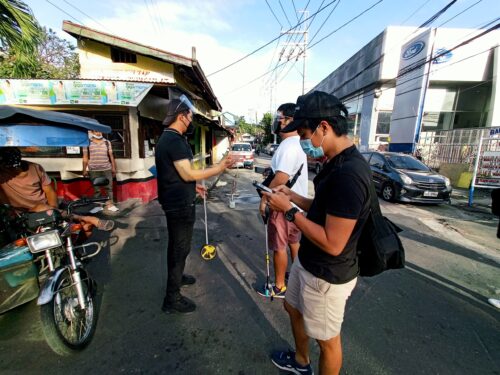Circularity Assessment Protocol Manila, Philippines
Developed by the Circularity Informatics Lab at the University of Georgia, the Circularity Assessment Protocol (CAP) is a standardized assessment protocol to inform decisionmakers through collecting community-level data on plastic usage and management. Grounded in materials flow and systems thinking concepts, the CAP uses a hub-andspoke model to holistically characterize how consumer plastics flow into a community, are consumed, and flow out, either through waste management systems or leakage into the environment.
